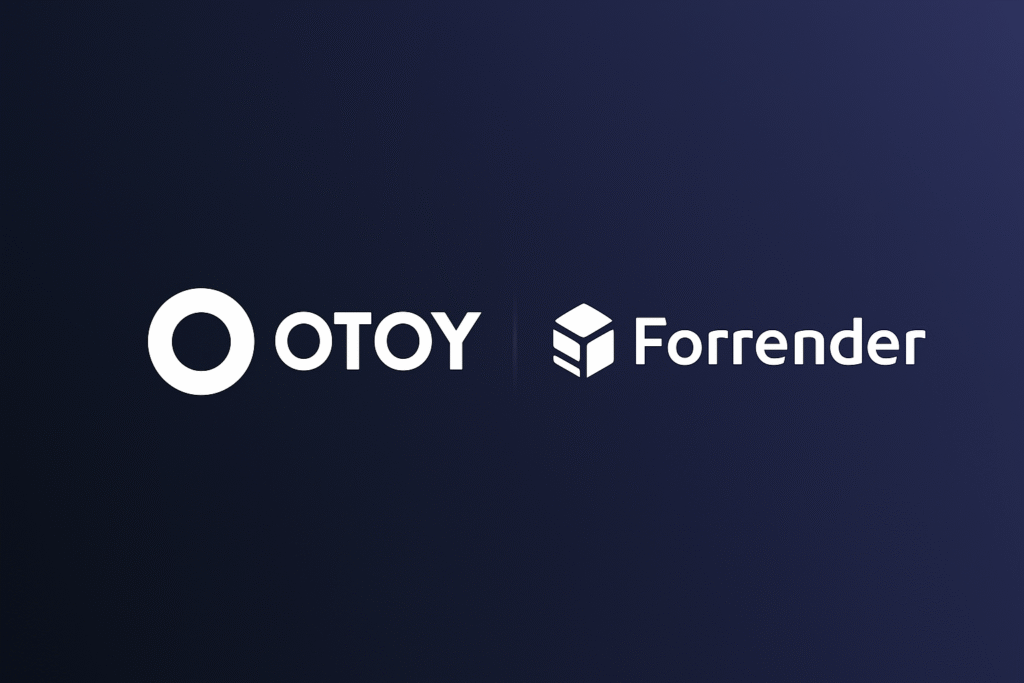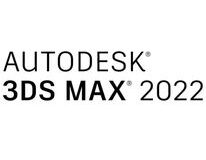Why You Still Wait Hours in Octane
Even with an RTX 4090 many artists report 10‑minute HD frames—or multi‑hour 4 K stills. Root causes:
| Culprit | Typical overhead |
| Over‑aggressive max samples | +18 % |
| Adaptive Sampling threshold too low | +12–15 % |
| GI Clamp off | Fireflies → more passes |
| High diffuse/specular depth | +10 % |
| ORC queue / 1‑GPU jobs | Hours waiting, no parallelism |
5 Tweaks = −30 % Wall‑Clock Time
| Setting | Default | 2025 Sweet Spot | Gain |
| Adaptive Sampling > Noise Threshold | 0.02 | 0.03 | −8 % |
| Min Samples | 512 | 256 | −5 % |
| GI Clamp | Off | 1 | −6 % |
| Diffuse Depth | 8 | 4 | −4 % |
| Specular Depth | 8 | 4 | −7 % |
Test scene: Interior, 4 K, RTX 3090, Octane 2024.1 → 12 m 18 s ➜ 8 m 27 s (−31 %).
ORC (Octane Render Cloud) vs Modern GPU Farms
| ORC Pain Point (Q2‑2025) | Forrender Fix |
| Queue full / maintenance 6–8× month | Instant slot — 4 GPUs default |
| Max resolution 8 K | Up to 16 K |
| Manual tile stitching | Auto merge + seam check |
| Fixed $9/h per GPU | $3/h per RTX 3090 (−66 %) |
Step‑by‑Step: Octane + Tile Mode on Forrender
- Upload your .orbx or .blend.
- Tick Tile Mode 4×4 (16 K) or 2×2 (8 K).
- Apply the 5 Tweaks or import XML preset.
- Start — 4 nodes fire, Deadline merges EXR, seam‑check > 2 px.
Typical 4 K product shot: 12 m → 8 m. 16 K panorama tile render: < 2 h.
Pricing Snapshot (June 2025)
| 4 × RTX 3090 | Price / h | Single 4 K frame | 500‑frame sequence |
| Forrender | $3 | $0.40 | $200 |
| ORC (1 GPU, queue) | $9 | $1.20 + wait | $600 + queue |
| Rebus | $12 | $1.60 | $800 |
Rendering an animated 500‑frame spot saves $400–600 with Forrender—up to 75 % cheaper than major clouds.
Sign up and start rendering




Leave a Reply